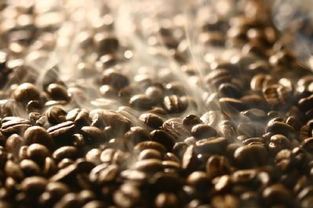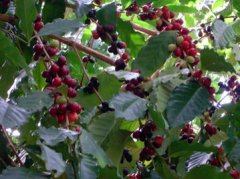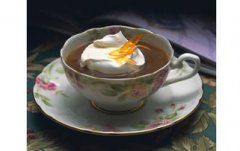Coffee flavor classification and how to roast sour coffee
Sour mocha, Hawaiian sour coffee, Mexico, Guatemala, Costa Rica high real estate, Gillimanjaro, Colombia, Zimbabwe, El Salvador, Western Hemisphere washable high-grade new beans.
Bitter Java, Mantenin, Bogota, Angola, Congo, Uganda all kinds of old beans.
Sweet Colombian metenin, Venezuelan old beans, Blue Mountains, Gillemazaro, Mocha, Guatemala, Mexico, Kenya, Santos, Haiti.
Neutral Brazil, El Salvador, lowland Costa Rica, Venezuela, Honduras, Cuba.
Mellow Colombian metenin, Mocha, Blue Mountains, Guatemala, Costa Rica.
Generally speaking, the sour coffee beans, especially the high-quality new beans, are best roasted shallower, while the bitter ones are less roasted, and then the sweet ones are mostly selected beans produced in the highland. Baking often constitutes the key to whether it can be tasted after it can be integrated into the soft bitterness. Neutral flavor, even if not highland coffee beans, but also need to have a stable quality of stable treatment. Coffee beans with fragrant and mellow effect.

Important Notice :
前街咖啡 FrontStreet Coffee has moved to new addredd:
FrontStreet Coffee Address: 315,Donghua East Road,GuangZhou
Tel:020 38364473
- Prev

Basic knowledge of Coffee Coffee Tree Classification and growth picking period
Coffee tree belongs to the evergreen tree of Rubiaceae. Since ancient times, most of the plants of Rubiaceae are plants with special effects, such as quinine tree, which is regarded as a specific drug for malaria, and Dugan, which is used to treat amoeba dysentery. Coffee is defined as the most unique alkaloid drinking flora. The fruit of coffee consists of outer skin, pulp, endocarp, silver skin, and seeds (coffee beans) wrapped in the innermost layers mentioned above.
- Next

How to choose the best time to drink good coffee beans and coffee
Choose fresh coffee beans. When buying, pay attention to whether the color of the beans and the size of the particles are the same. Good coffee beans are shiny and have a strong aroma without being mixed with peculiar smell. No matter what kind of coffee beans, freshness is an important factor affecting the quality. When shopping, grab one or two coffee beans and chew them in your mouth with crisp sound (indicating that the coffee is not damp) and teeth and cheeks.
Related
- Beginners will see the "Coffee pull flower" guide!
- What is the difference between ice blog purified milk and ordinary milk coffee?
- Why is the Philippines the largest producer of crops in Liberia?
- For coffee extraction, should the fine powder be retained?
- How does extracted espresso fill pressed powder? How much strength does it take to press the powder?
- How to make jasmine cold extract coffee? Is the jasmine + latte good?
- Will this little toy really make the coffee taste better? How does Lily Drip affect coffee extraction?
- Will the action of slapping the filter cup also affect coffee extraction?
- What's the difference between powder-to-water ratio and powder-to-liquid ratio?
- What is the Ethiopian local species? What does it have to do with Heirloom native species?

